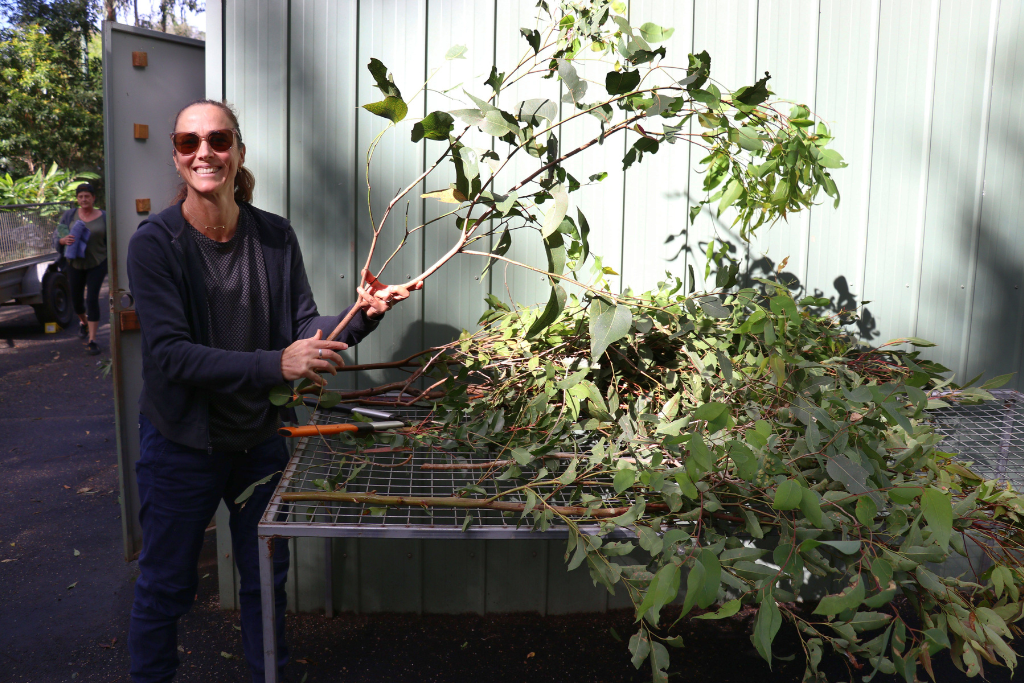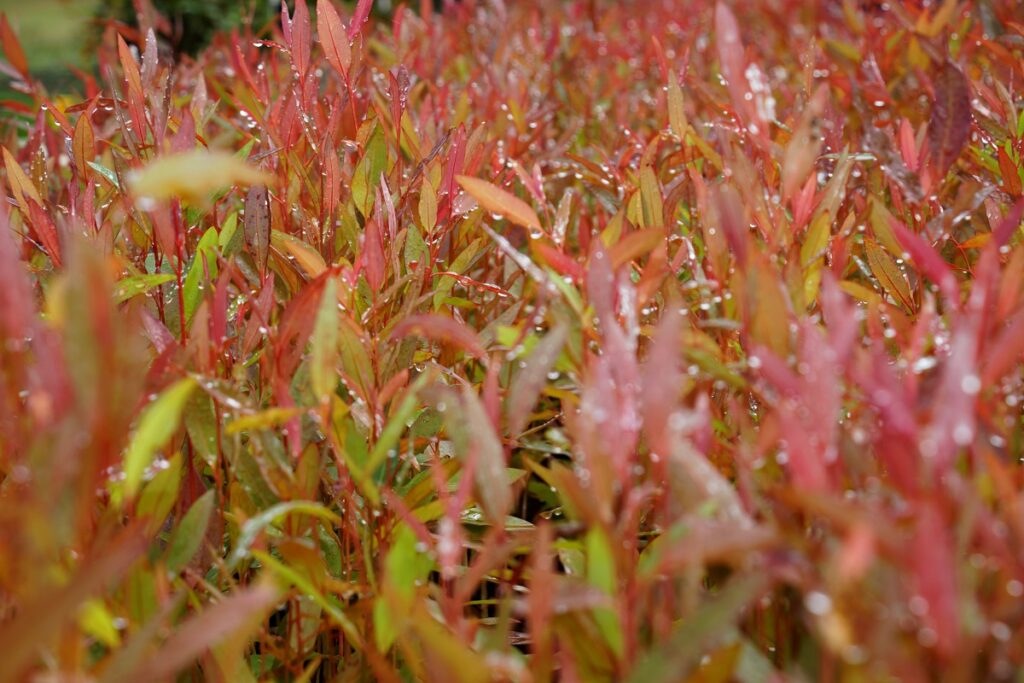Happy National Eucalypt Day – 23rd March 2023! This year marks ten years of National Eucalypt Day. Find out why we are all nuts about gums (eucalyptus trees)!
Multiple species of eucalypt
According to the Department of Agriculture and Fisheries, the term ‘eucalypt’ includes approximately 900 species in the three genera Eucalyptus, Corymbia and Angophora. Almost all eucalypt species are native to Australia.
Why do we call them gum trees?
Eucalypts are called gum trees because of the gum (kino) which exudes from any break in the bark and the bark can vary from the deeply fissured iron barks to stringy barks and smooth barks. The name Eucalyptus comes from the Greek words eu-, well, and kaluptos, cover, meaning “well-covered”, describing the woody fruit protecting the seeds… read more here.

52 million years old
The oldest known Eucalyptus macrofossil, from Patagonia in South America, is 52 million years old. The fossil pollen record also provides evidence of eucalypts in Australia for 45 million years, with the oldest specimen coming from Bass Strait – read more here.
Part of aboriginal life
Eucalyptus trees play an important part in Aboriginal life including medicinal uses, art, craftmanship including shelter, tools and weapons. Watch Remember the Wild’s five-part documentary series Eucalypt about these essential trees to learn more about what part they played in ancient Aboriginal culture.
Threatened
The IUCN Red List of Threatened Species reveals almost 25% of eucalypt species are threatened with extinction – “eucalyptus face threats from human use of land, especially agriculture and urbanisation”. Read more about this from WWF Australia.
What do koalas eat?
Forest Red Gum (Eucalyptus tereticornis), Tallowwood (Eucalyptus microcorys) and Swamp Mahogany (Eucalyptus robusta) are the primary food trees for our koalas in this region.

Secondary browse trees are:
Flooded Gum (Eucalyptus grandis), Grey Gum (Eucalyptus propinqua), Blackbutt (Eucalyptus pilularis), Sydney Blue Gum (Eucalyptus saligna), Scribbly Gum (Eucalyptus signata), Grey Ironbark (Eucalyptus siderophloia), Forest Oak (Allocasuarina torulosa), Brush Box (Lophostemon confertus), Paperbark (Melaleuca quinquenervia).
What are we doing about conservation?
Friends of the Koala formed in 1986 in response to habitat loss in the Lismore area with the aim of enhancing and protecting koala habitat. We operate a native plant nursery and issue koala food trees for $1 each to landholders. Read more about our nursery here and what you can do about habitat conservation.

Fun facts
- Did you know that you can make dye from eucalyptus leaf and bark?
- Eucalyptus leaves are poisonous to most animals and humans.
- Dried leaves can be made into tea – bush tea.
- Koala poo smells strongly of eucalyptus.
- A joey eats pap which is a specialised form of faeces containing eucalyptus and live bacteria that acts on the joeys gut to allow them to eat leaves. Not for the squeamish but you can watch a joey feed on pap here.
- Aside from being a koala’s only food source, gum trees are home to thousands of birds, insects, and mammals.



